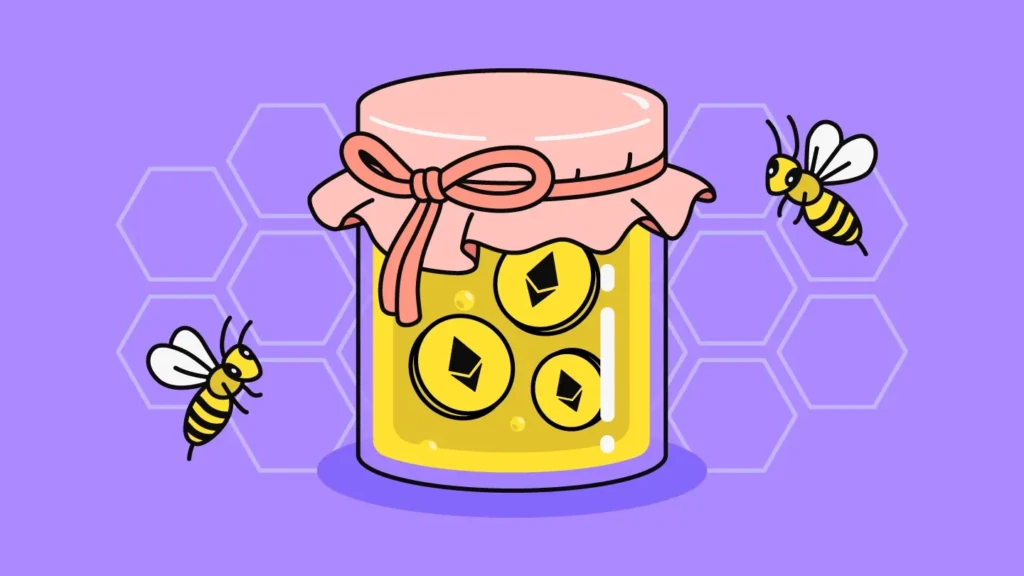Is a Token a Honeypot?
In the world of cryptocurrency, new tokens launch every day, often promising groundbreaking technology, viral community growth, or eye-watering returns. But beneath the hype, one pressing question emerges: Is a token a honeypot? This concern is not just theoretical—it reflects one of the most common and dangerous scams in decentralized finance (DeFi). A honeypot token traps investors by allowing them to buy but preventing them from selling, effectively locking their funds.
This investigative article unpacks how honeypots work, why they are so effective, and how investors can protect themselves in an increasingly complex and volatile digital asset landscape.
Understanding Honeypot Tokens
What Is a Honeypot in Crypto?
The term “honeypot” originates from cybersecurity, where a system lures attackers for observation or defense. In crypto, however, it has a more sinister twist. A honeypot token is designed to attract unsuspecting buyers but rigged to block or heavily penalize selling attempts.
Investors may be drawn in by marketing, social media buzz, or sudden price increases. Once they buy, they discover—often too late—that the token cannot be sold or only sells with a massive transaction fee, draining most of its value.
Why Do Developers Create Honeypot Tokens?
Honeypots exploit two powerful forces in crypto: FOMO (fear of missing out) and low entry barriers for token creation. With platforms like Ethereum and Binance Smart Chain, anyone can deploy a token using simple smart contracts. Bad actors exploit this accessibility, inserting hidden restrictions in the code to block sales.
The motivation is straightforward: steal liquidity from unsuspecting investors. By the time the truth emerges, the scam developers have already cashed out.
How to Detect If a Token Is a Honeypot
1. Smart Contract Analysis
At the core of any token lies its smart contract. If the contract contains functions that block sales, impose excessive fees, or whitelist certain wallets, it may be a honeypot. While analyzing code requires technical expertise, online tools like Token Sniffer and BSCScan can automate red flag detection.
2. Liquidity Pool Behavior
Legitimate projects lock their liquidity in decentralized exchanges (DEXs) like Uniswap or PancakeSwap, ensuring buyers and sellers can trade fairly. If liquidity is not locked—or worse, controlled by the token creator—the risk of a honeypot skyrockets.
3. Transaction Tests
Investors often test tokens by attempting to buy and sell small amounts before committing significant funds. If sales consistently fail or incur extreme fees, the token may be a honeypot.
4. Community and Transparency
Red flags also appear in social signals. Anonymous developers, vague whitepapers, and aggressive hype campaigns can all hint at malicious intent. Reputable projects provide team details, audits, and ongoing communication.
Case Studies: Honeypots in Action
The 2021 Squid Game Token Collapse
Perhaps the most infamous honeypot was the Squid Game token (SQUID) in 2021. It skyrocketed over 30,000% within days, fueled by mainstream media coverage and viral marketing. However, investors soon discovered they could not sell. Developers vanished after extracting millions, leaving buyers empty-handed.
Countless Copycats
Since then, countless smaller honeypots have emerged, often exploiting trending memes or popular culture. The low cost of token deployment means scammers can run multiple schemes simultaneously, moving from one rug pull to the next.
Regulatory and Legal Dimensions
Lack of Oversight
Because most honeypots launch on decentralized platforms, they evade traditional financial oversight. This regulatory vacuum allows bad actors to flourish while leaving victims with little recourse.
Efforts to Curb Fraud
Authorities are beginning to respond. The U.S. Securities and Exchange Commission (SEC) and the European Union have launched enforcement actions against fraudulent token sales. However, enforcement remains limited compared to the speed at which new scams appear (SEC crypto enforcement actions).
Protecting Yourself From Honeypot Tokens
Practical Steps for Investors
- Research first: Never buy into hype without verifying token contracts and liquidity.
- Use scanners: Tools like Token Sniffer or Dextools can highlight risky contracts.
- Start small: Test buying and selling before investing heavily.
- Check audits: Look for third-party audits from reputable security firms.
- Avoid anonymous teams: Transparency is often the first sign of legitimacy.
The Role of Education
Crypto investors must develop a “security-first” mindset. Education, community discussions, and cross-referencing multiple sources can dramatically reduce the likelihood of falling victim.
FAQ: Is a Token a Honeypot?
Is a token a honeypot if I can buy but not sell?
Yes. A token that allows purchases but blocks sales is a textbook honeypot scam.
Is a token a honeypot if the liquidity is not locked?
Not necessarily, but unlocked liquidity makes it much easier for developers to manipulate or remove funds, a hallmark of scams.
Is a token a honeypot if transaction fees are high?
High fees alone don’t confirm a honeypot. However, if selling fees exceed 50% or transactions fail outright, the token may be malicious.
Is a token a honeypot if the developers are anonymous?
Anonymous teams are not always scams—Bitcoin itself began with anonymity—but in most new projects, a hidden team is a major red flag.
Conclusion: The Future of Honeypot Scams
So, is a token a honeypot? For many investors, it’s the first question they should ask before buying into any project. Honeypot tokens will likely persist as long as DeFi remains permissionless and borderless. However, improved security tools, investor education, and growing regulatory pressure may reduce their impact over time.
For now, the burden of protection rests largely with investors themselves. By combining skepticism with technical checks, crypto enthusiasts can avoid falling into the trap. The real test is whether the next generation of decentralized platforms can balance innovation with safeguards against fraud.

